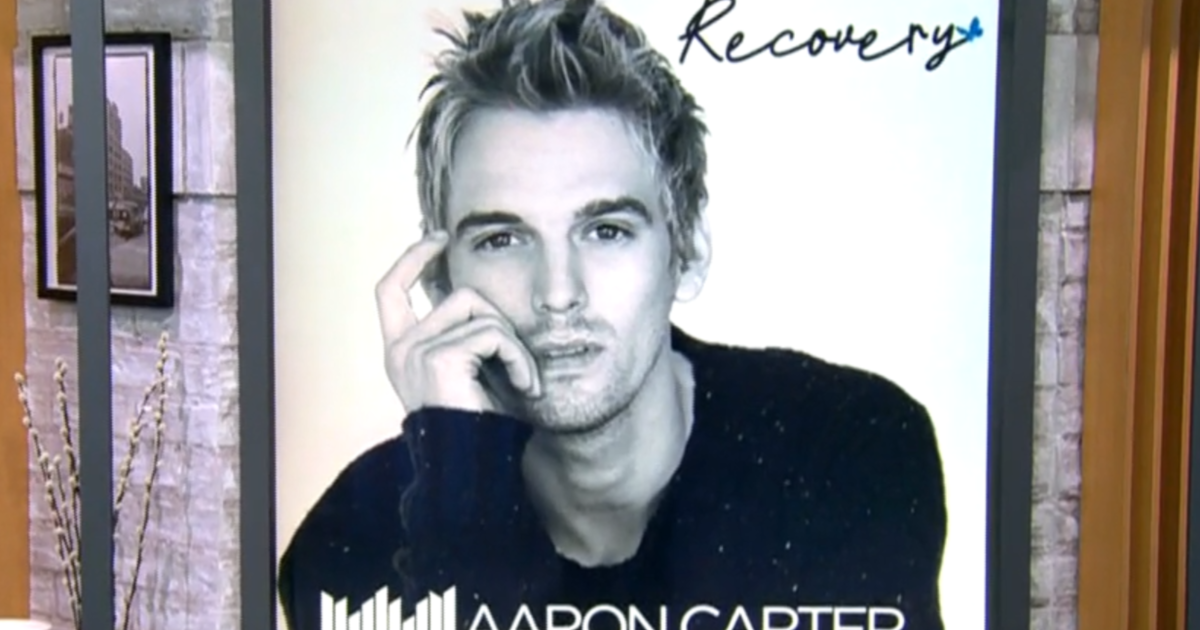Overflowing demand for mental health care stretching hospitals, new data shows
Hospitals and clinics are stretched well beyond their capacity to treat patients who need mental health care, according to new federal data — utilizing 144% of inpatient beds designated for psychiatric treatment. The figure underscores a long ongoing crisis in the country's shortage of psychiatric inpatient beds.
The overflowing figure, tallied by the Substance Abuse and Mental Health Services Administration (SAMHSA), means there continue to be more mental health patients admitted to be hospitalized than there is designated bed capacity to treat, resulting in providers relying on other resources to try and meet demand.
In 2018, SAMHSA had reported that 121% inpatient beds designated for mental health treatment at psychiatric hospitals were in use, along with 118% at general hospitals, and 115% at community mental health centers.
"It's not primarily a bed problem. It's primarily a system problem. So we would not have had the problem in the shortage of beds if we had a system in place for mental health care that was able to address the increasing demand," said Dr. Sandra DeJong, a pediatric psychiatrist at Cambridge Health Alliance in Harvard Medical School.
DeJong is the secretary of the American Psychiatric Association's board and helped author a report published by the organization last year on "The Psychiatric Bed Crisis in the U.S."
Inpatient treatment largely focuses on stabilizing patients over short periods of time, before discharging them into outpatient care.
DeJong said patients in need often languish, "boarding" in emergency rooms or other hospital wards. She recalled how one adolescent patient's situation worsened following a suicide attempt, waiting weeks in a hospital pediatric unit for a slot to open up.
"Not getting into care not only prevents people from getting the help that they need to address the initial problem, but it can actually compound the initial problem and escalate the situation," DeJong said.
In November, the American College of Emergency Physicians called for the Biden administration to declare an emergency over a "breaking point" of worsening waits.
Shortages can lead to a range of other problems, like patients ending up hospitalized far from home or getting lower quality care. 22 states reported increased waiting lists and 14 reported overcrowding in 2021, according to the National Association of State Mental Health Program Directors (NASMHPD).
Beds for mental health treatment are also not all interchangeable. Children and seniors often have complex needs that are better served by specialized teams. Gaps in insurance benefits can also make it difficult for people to find beds that are available to them.
DeJong cautioned that providing more physical beds alone would not solve the problem. Many also lack trained staff to treat more patients, a longstanding issue worsened by burnout and low pay rates.
"There have been a number of hospital systems that have created more beds for mental health, my own included. The difficulty is staffing. It's very difficult. There's just a terrible shortage of people qualified to do this work who are willing to do it," said DeJong.
Instead, authorities hope efforts to divert people from ending up in the hospital may ease the strain as well as ultimately improve outcomes.
"If everybody's going to the emergency room and bypassing what should be a good community system, then of course you're going to need more beds, but you'll never have enough beds because people are being pushed up to the level of care beyond what they need," said Dr. Brian Hepburn, NASMHPD's executive director.
Hepburn pointed to the recent nationwide rollout of the 988 lifeline and a recent infusion of federal and state dollars, accelerating a bipartisan "movement" towards reforming America's approach to mental health crises.
Many situations can be addressed by people reaching out to talk to 988, Hepburn said. For those who need more support, mobile crisis teams, telehealth or crisis stabilization programs in the community can often do a better job than police or paramedics.
"We've been really pushing for a crisis system so that you have all these intervening steps that would take place before somebody would go to the emergency room," said Hepburn.



